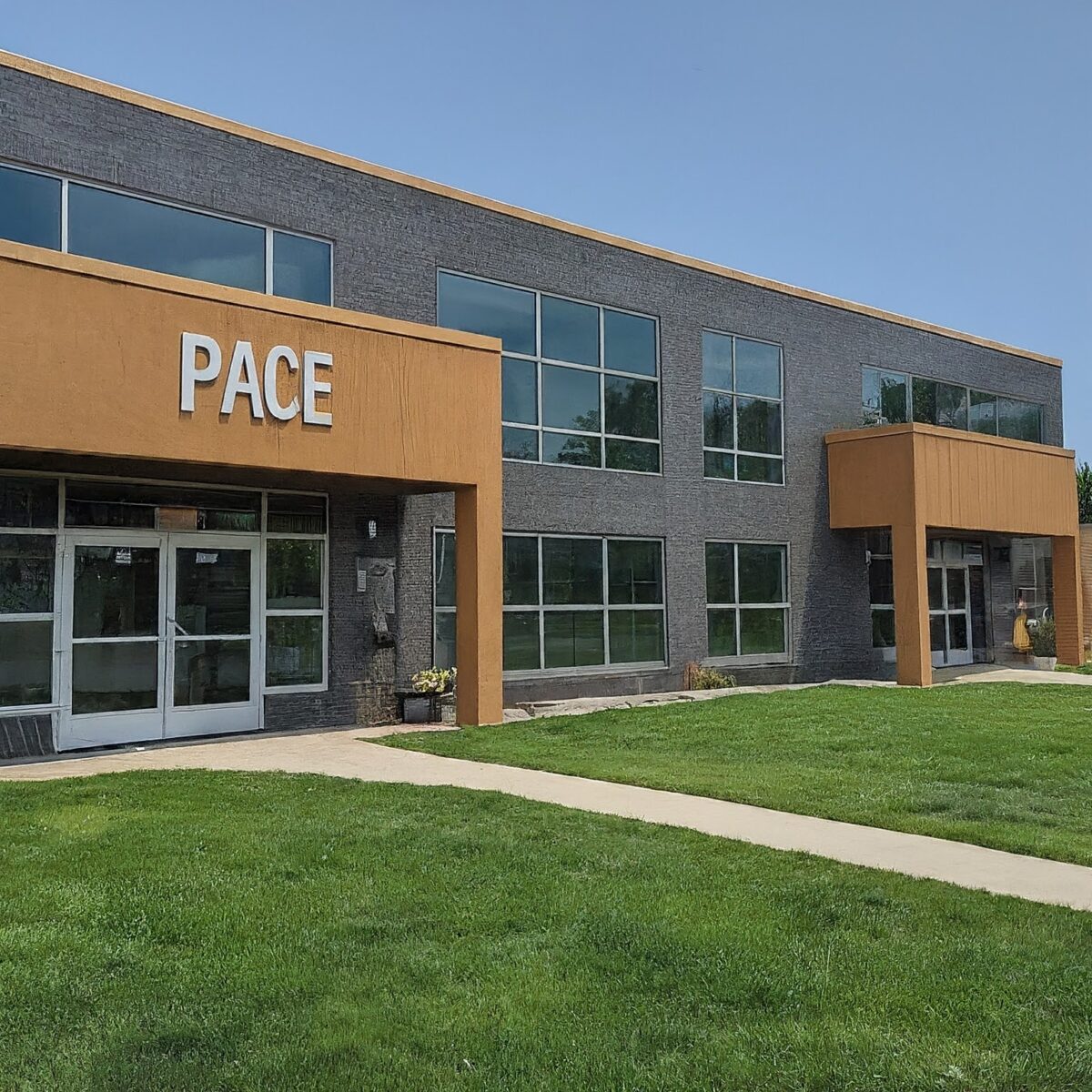
Connecting Oral Health and Overall Health: PACE Programs
Oral Health: A Cornerstone of Overall Well-being
Oral health is a critical indicator of overall health. Numerous studies have established a direct connection between oral diseases and systemic conditions such as heart disease, stroke, diabetes, and respiratory infections. For the senior population served by PACE programs, the implications are particularly crucial. Poor oral health can lead to pain, poor nutrition due to difficulty eating, and increased risk of infection, all of which can significantly impact quality of life and contribute to functional decline.
Providing proactive dental care is pivotal in preventing unnecessary hospitalizations and improving overall health outcomes. By increasing access to dental services and delivering care within convenient locations like homes and PACE centers, we can significantly reduce emergency room visits by 36% and hospital admissions by 39%. This approach not only enhances patient well-being but also alleviates the burden of transportation and associated costs.
The Role of Oral Health in PACE Programs
PACE programs are designed to prevent institutionalization and maintain individuals in their homes or communities for as long as possible. By prioritizing oral health, PACE programs can:
- Improve Quality of Life: Addressing oral health issues enhances comfort, reduces pain, and improves the ability to eat and socialize.
- Prevent Hospitalizations: Early intervention and treatment of oral health problems can prevent complications that may lead to hospitalization.
- Enhance Nutritional Status: Good oral health is essential for proper nutrition, which is crucial for maintaining overall health.
- Reduce Medication Costs: By preventing oral infections and related complications, PACE programs can eliminate certain medications, leading to cost savings.
- Improve Functional Status: Maintaining oral health can help individuals retain independence and perform daily living activities.
The Benefits of High Oral Health Utilization
High oral health utilization rates within a PACE program can be a strong indicator of program success. This suggests that:
- The program effectively identifies and addresses oral health needs: PACE teams proactively assess oral health and refer patients for appropriate care.
- There is strong collaboration between dental and medical providers: The program fosters a coordinated holistic approach to patient care.
- Patients have access to necessary dental services: The program offers or facilitates access to dental care, removing barriers to treatment.
- Oral health education is emphasized: Patients are empowered to take ownership of their oral health.
Strategies to Increase Oral Health Utilization
To maximize the benefits of oral health care within PACE programs, several strategies can be implemented:
- Integrate oral health into comprehensive assessments: Regularly assess oral health status as part of overall patient evaluation.
- Provide oral health education: Educate patients and caregivers about the importance of oral health and preventive measures.
- Offer on-site dental services: Consider providing comprehensive dental services within the PACE program setting.
- Utilize technology: Leverage electronic health records and telehealth to improve care coordination and access to dental specialists.
- Monitor and evaluate oral health outcomes: Track key performance indicators to assess the impact of oral health interventions.
- Provide a dental home: Utilize a dental team that manages referrals, educates as well as provides comprehensive dental care for participants and informs the Interdisciplinary Team.
- Integrate Payment Strategies: Align payment models with how the organization is paid by CMS and enter into a value based capitated agreement with the provider.
Conclusion
High oral health utilization rates are a critical component of successful PACE programs. By prioritizing oral health, PACE programs can significantly improve the quality of life for their participants, reduce healthcare costs, and achieve better overall outcomes. By implementing the strategies outlined in this blog, PACE programs can optimize oral health care delivery and enhance the well-being of their enrolled population.


